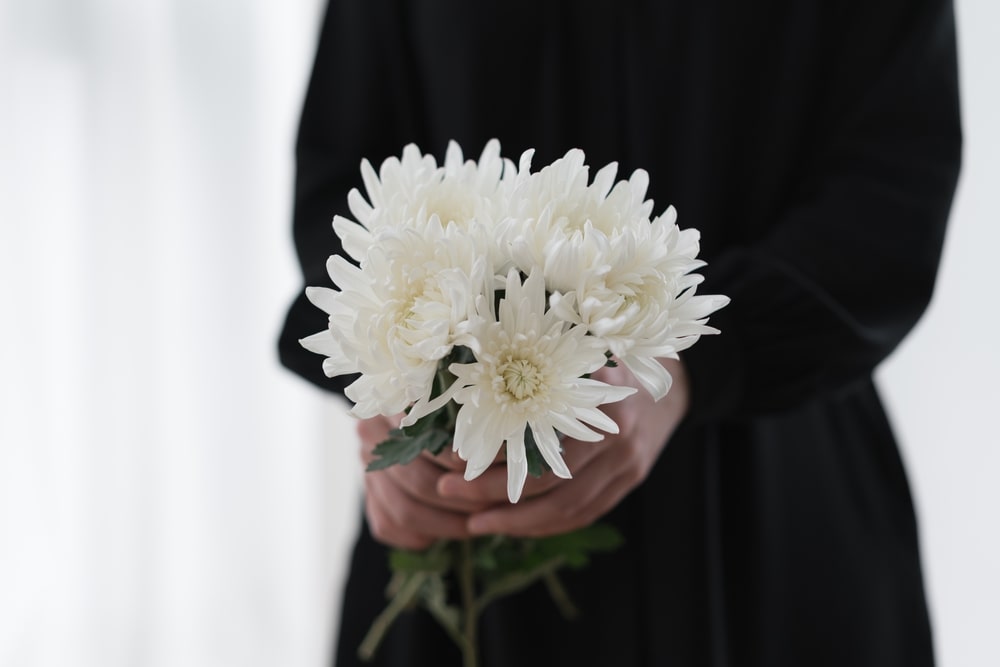Sometimes, it’s hard to know what to think or how to process a loss that hurts so deeply it takes your breath away. That’s where traditions and rituals can help. Healing actions help us to express our deepest thoughts about life’s most significant events. Special ceremonies like graduations, weddings, and baby dedications involve rituals that help us mark important milestones in life. Similarly, when a loved one dies, traditions can also help us mark a significant event, spend time remembering a loved one, and find healing.
What Makes Rituals So Effective?
1. Rituals are symbolic
When you lose a loved one, you can use symbolic acts to honor and remember their life and memory. This could mean that you watch their favorite movie every year or that you place their stocking on the mantel during the holidays. These small, symbolic acts help you to remember that a loved one is always with you in your heart.
2. Rituals help us express emotion
Dr. Alan Wolfelt, renowned grief counselor and educator, is often quoted as saying, “When words are inadequate, have a ritual.” During times of grief, you will need an outlet for expressing your deepest emotions, and words may not be enough. After all, when a loss occurs, the wound may be so deep that you simply cannot find the right words to express it. In times of great distress, a ritual can be more comforting and healing than a thousand eloquent words.
3. Rituals unite people in a common, shared experience
Funerals, visitations, candlelight services, memorial events, and celebration of life ceremonies can help you feel a certain solidarity with others who are sharing your grief and loss. There’s a unique sense of comfort from knowing that you’re not alone and that others are supporting you on the journey through grief.
So, why are rituals and traditions so effective? They can bring healing to the wounded heart and help you feel connected to others and supported by the presence of loved ones. Rituals are also a way to express deep emotions as you search for healing and reconciliation after a loss.
What are Some Examples of Healing Rituals?
Grief and healing are not one-size-fits-all. There’s no set timeframe for grief, and there’s no “right” way to heal. Instead, you must find what works best for you, your personality, and your family.
To spark your own ideas, here are some possible rituals you could include in your grief journey:
Light a Memorial Candle
Put an open place setting at the table or set up a memorial display area at home and light a candle when you want to honor the memory of a loved one. You can light a candle every day or only on special occasions, such as birthdays, anniversaries, or holidays. Lighting a candle symbolizes the light that your loved one brought to you and how they live on in your heart.
Recall Memories
Family and friends may choose to gather on special occasions to share memories and honor a loved one’s life. This may occur on the first anniversary of the death, at family reunions, or on significant days like Mother’s Day or Father’s Day. During these gatherings, set time aside to allow people to talk together and share memories that bring comfort and joy.
Visit the Graveside
Some people find comfort in visiting the grave of their loved one, leaving fresh flowers, or simply spending time reflecting on the loss. Mourners often visit the grave on special days or on any day that they want to feel close to their loved one. No matter when you decide to visit, take this time to speak to your loved one and express what’s in your heart.
Attend a Special Memorial Event
Certain community events, such as remembrance services around the holidays, can also bring comfort and healing. These events help us connect with other people who are also feeling the pain of a loss, which can bring a greater sense of peace. In addition to receiving support, these types of gatherings help you engage with your emotions and express what you’re feeling.
Carry a Remembrance Item
Sometimes a small keepsake, like a watch, jewelry, or a small heirloom, can be a sweet reminder of a loved one. If you don’t have a specific keepsake, you could select memorial jewelry that holds a lock of hair or is engraved with a loved one’s fingerprint. A remembrance item serves as a daily reminder that can bring comfort when you feel a loved one’s loss most keenly.
Now, these are just some ideas to get you started. There are so many rituals and traditions you could incorporate into your grief journey. Volunteer every year at a non-profit your loved one championed. Bake their favorite dessert on their birthday. There are so many possibilities. Spend some time thinking about what would be meaningful to you. Talk with your family members. Together, you will identify ways you can use ritual and tradition to bring healing to your hurting heart.









